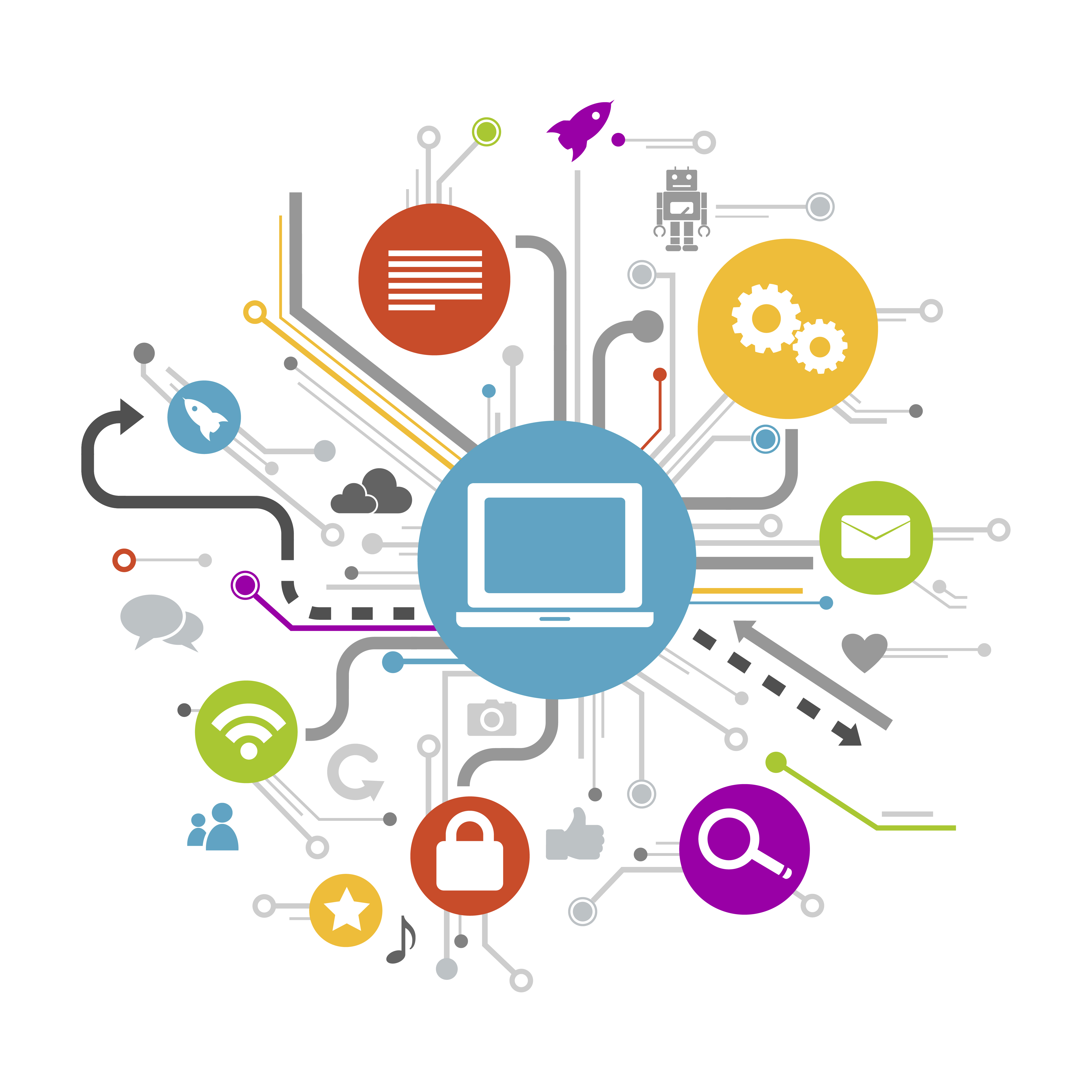Digital Transformation Was Yesterday: The Real Shift Begins Now

Digital transformation is no longer a competitive edge; it is table stakes. What began a decade ago as a call to adopt cloud, automate workflows, and improve customer interfaces has now matured into a baseline expectation. Today, the conversation has moved beyond "digital" into full-blown enterprise reinvention powered by AI, data, and distributed, modular delivery models like Virtual Delivery Centers (VDCs).
In this new paradigm, transformation is not a project or a tech-led initiative. It is a continual rewiring of how the organization thinks, builds, delivers, and learns. It demands not just adopting new tools, but unlearning outdated mental models.
And as the velocity of change accelerates, those still clinging to lift-and-shift migrations or legacy ERP upgrades risk being disrupted by competitors reinventing faster with AI-native processes and distributed innovation.
CIOs once thrived on multi-year roadmaps. Today, agility trumps vision. The shift toward shorter planning cycles, rapid iteration, and continuous delivery isn't just a software practice—it's an enterprise imperative.
Organizations like Ulta Beauty and National Life Group realized that transformation isn't a linear track. It’s an archeological dig into tangled legacy systems, requiring both a clear architectural future and high resilience during transition. Those that succeeded embraced modular thinking, resilience in execution, and relentless testing.
But most importantly, they embedded adaptability into their culture—because in an AI-driven world, every strategy is a hypothesis, and speed of iteration determines survival.
The AI transformation wave has arrived—but most companies are only skimming the surface. The bottleneck? Data.
Without clean, well-governed, and accessible data, AI becomes a liability instead of an advantage. CIOs must now treat data governance and AI governance as one unified strategy. LLMs trained on dirty data are worse than useless—they're dangerous.
Virtual Delivery Centers (VDCs) can offer scalable support for data classification, AI model training, and validation. But this only works if the enterprise commits to treating data as an asset, not an afterthought. Every AI initiative must begin with: Is the data ready?
The AiDOOS Virtual Delivery Center (VDC) approach is more than a sourcing model—it’s the future of execution.
In the old model, enterprises built large internal teams or outsourced to traditional vendors. But both suffer from slowness, rigidity, and long lead times. VDCs offer a new path: on-demand, modular, and accountable execution units that plug into enterprise transformation pipelines.
VDCs bring together pre-vetted talent across architecture, AI, analytics, integration, security, and platform engineering—empowered to own delivery outcomes. They shift transformation from a dependency-heavy project to a plug-and-play model of agility.
As the enterprise modularizes its stack and culture, VDCs become the perfect companion to accelerate value creation at every layer.
Speed dies in committee. CIOs must eliminate the black holes of cross-departmental decision-making, approvals, and over-governance.
Winning organizations in 2025 empower distributed teams with clear guardrails, reusable components, and autonomous capacity to experiment and deliver. This requires more than agile—it needs cultural rewiring. Default to "yes," reduce cycle time for decision-making, and build trust in distributed judgment.
AI helps, but only when paired with a culture that removes friction. VDCs operate best when embedded in environments with rapid feedback loops, high ownership, and decentralized execution.
We’ve automated wrong before—hardcoding rigid processes, RPA bots with brittle scripts, and surface-level integrations. But now, AI is enabling intelligent orchestration of workflows, not just automation.
The shift is from automating tasks to reimagining flows: who should do what, when, and why. VDCs equipped with AI engineers, process designers, and data modelers can co-create these flows, using LLMs to generate, test, and evolve.
Legacy processes must be re-examined not just for tech upgrade, but for logic upgrade—AI-first, context-aware, and outcome-driven.
The CIO of 2025 isn’t a technologist alone. They are a business strategist, systems thinker, culture catalyst, and most importantly—a translator of ambiguity into clarity.
Their role is to unify AI, cloud, data, security, and human capability into a coherent strategy for business agility. They must synthesize divergent inputs into clear action and tell the transformation story—upwards to the board, sideways to peers, and downwards to teams.
This requires deep self-awareness, strategic communication, and emotional intelligence—the human meta-skills that will define technology leadership in the AI era.
Forget cloud migration for its own sake. The future is composable enterprise architecture—a platform of APIs, data fabrics, AI agents, and modular services.
VDCs thrive in such environments. They don’t need to retrofit or reverse-engineer—they build within reusable patterns, publish services, and leverage platform teams.
Composable thinking enables faster pivots, better customer responsiveness, and radical experimentation. It’s how companies avoid being paralyzed by legacy tech while still respecting operational reliability.
As deepfakes, hallucinations, and AI-powered attacks rise, trust becomes the ultimate currency.
CIOs must double down on security training, awareness, and real-time threat modeling. AI governance isn’t just about accuracy—it’s about safety, transparency, and ethics.
At the same time, employees must be brought along emotionally. Transformation without change management is trauma. CIOs must invest in storytelling, coaching, and learning journeys to help people grow with the technology—not against it.
The old ROI lens no longer fits. Transformation efforts—especially AI-infused ones—don’t always pay off in linear dollars.
Instead, measure: learning velocity, iteration cycles, experimentation success rates, and time-to-insight. Use data not just to report, but to accelerate course correction.
In the VDC model, these metrics are critical. Each sprint, module, or micro-project must prove or disprove assumptions. The faster we learn, the faster we build value.
Employees are exhausted—not by change, but by bad change. Surprise, lack of clarity, poor tools, and no support.
Transformation winners make change feel normal. They build change fluency through rituals, upskilling, transparency, and feedback loops. VDCs contribute by integrating change readiness into the delivery fabric: from how designs are communicated to how tools are handed over.
Fluency—not force—is the new transformation enabler.
The goal isn’t transformation. The goal is adaptability.
In a world of continuous disruption, the enterprise must evolve to sense change, learn fast, and act decisively. That’s not a tech problem—it’s an architectural, cultural, and leadership imperative.
Virtual Delivery Centers represent the scaffolding for this adaptability. They bring modular capacity, fresh thinking, embedded ownership, and fast pivots. But they only work when leaders embrace the deeper truths:
Technology must serve outcomes
People must feel safe to grow
Speed must be built into systems
2025 isn’t about starting another transformation. It’s about becoming a continuously transforming enterprise.

For modern telecom enterprises, delivering exceptional QoS is no longer optional—it’s a brand differentiator and a strategic lever for growth. Static provisioning models won’t cut it in a world of hyper-dynamic data usage.